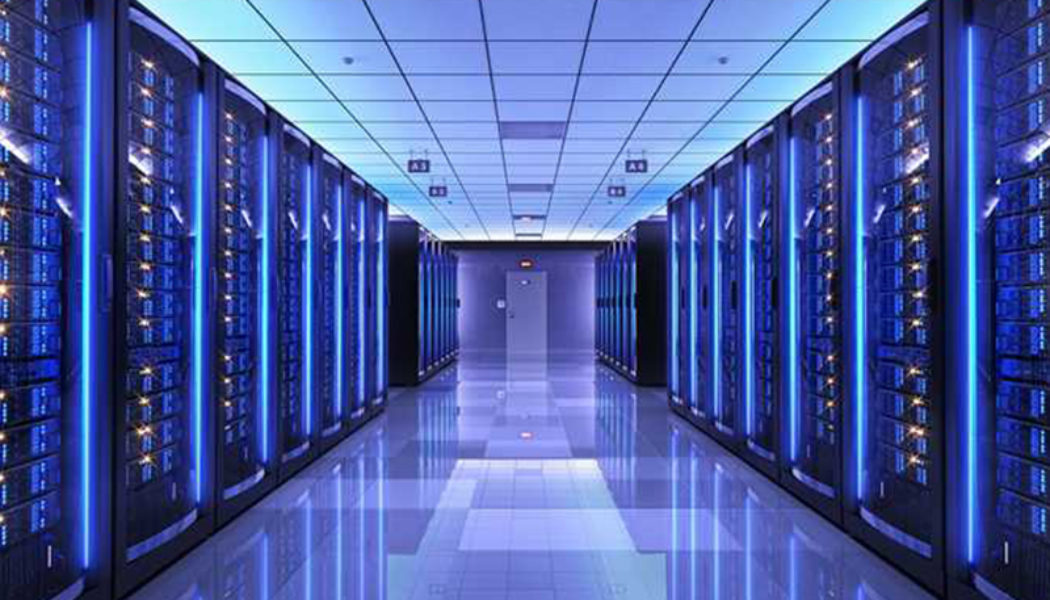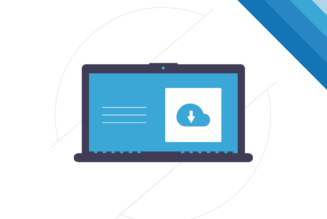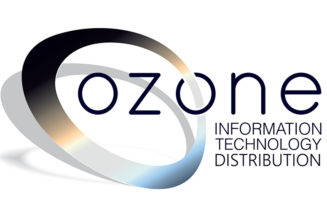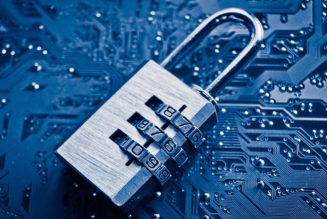Data centres are the invisible but essential backbone of any modern business. Companies throughout the world have shifted to remote working, depending on cloud storage and cloud-based software as a service (SaaS) solution to ensure business continuity through the pandemic, and beyond.
It’s anticipated that cloud solutions will account for more than 45% of IT spending by 2024, as corporations turn to these platforms to enjoy the benefits of lower costs, enhanced data analytics, and ways to collaborate more effectively.
As much as these solutions are ‘cloud’ based, they’re hosted in massive terrestrial data centres, either owned by external providers, or by corporations themselves. They are vulnerable to various types of risks, including security threats such as a distributed denial-of-service (DDOS) and social engineering attacks, environmental risks such as fire, flooding and other natural hazards, equipment failure, and loss of power.
“Loss of power is perhaps the biggest risk to data centres in South Africa, given the unpredictable nature of energy supply from the national energy provider,” says Jaco du Plooy, product manager for Africa at Eaton. “Power loss could lead to data loss or destruction, reductions in productivity, and may result in significant financial repercussions for the data centre and the businesses that trust it to protect their assets.”
Managing power systems for uninterrupted uptime
With stakes this high, data centres must be supported by a power system that delivers the reliable, high quality power that such a strategic asset requires. Every link in the system should be measured and managed to offer insights into reliability, operating cost efficiencies, effective use of capital, safety, and risk mitigation.
“South Africa is faced with a ‘double whammy’ when it comes to power: not only is the country’s power supply often unreliable, but power is expensive too,” du Plooy adds.
The first can be addressed with solutions like microgrids, which provide cost effective, reliable, and environmentally friendly solutions to electricity supply challenges. As localised, standalone, power generating, distribution, and energy storage systems, microgrids can be operated independently, or connected to the primary grid.
Another option is to install uninterrupted power supply (UPS) solutions that have been designed to offer scalable battery runtimes for data centres and other critical IT applications.
It’s also vital that there are strong communications between IT departments and data centre facilities management teams, which can be possible with integrated software solutions so that all stakeholders receive timely, actionable information to optimise data centre performance.
Protecting against DDOS and social engineering attacks
South Africa, like many other countries, is facing a rise in cyber security threats, with the Government going so far as implementing a new law to bring it up to international standards for fighting cybercrime.
In South Africa, 90% of organisations experienced cyber threats during the past 18 months of the COVID-19 pandemic, with 85% of them experiencing down time due to cyber security risks during peak seasons. This is according to the a Pandemic World: The Impact of COVID-19 report, released by McAfee Enterprise and FireEye.
“Ransomware has grown in profile and impact within South African organisations. These types of crimes having evolved far beyond their origins, particularly as the country as connected as its counterparts elsewhere – and just as vulnerable to nationality-agnostic attacks,” says Carlo Bolzonello, country manager for McAfee Enterprise in South Africa.
“The cyber-criminals behind these increasing attacks are introducing new threats and tactics to extract valuable data and millions in ransoms from prominent sectors, highlighting the ongoing importance for cyber security due diligence,” he adds.
Steps that organisations can take to combat the increase in ransomware attacks include introducing technical safeguards and extended detection and response (XDR) technical solutions, as well as conducting ongoing reminders at employee level to reduce unauthorised access to the organisation’s private data.
“Equipping employees with the basics in malware and social engineering attacks like ransomware will empower them to identify any malicious activity that could compromise the safety and integrity of a data centre,” Bolzonello adds.
Plan to protect
With data centres facing several risks in the course of their daily operations, it’s essential to have an effective risk management strategy in place, as well as a recovery plan, should anything go awry.
Turning to experts in the fields of power management, cyber security, and data centre design will protect data centre integrity, whether it’s a business’s own smaller scale solution, or a massive data centre that provides support to countless businesses and their customers.
Staff writer











Tagged: cybersecurity, Eaton, McAfee, microgrids, Security